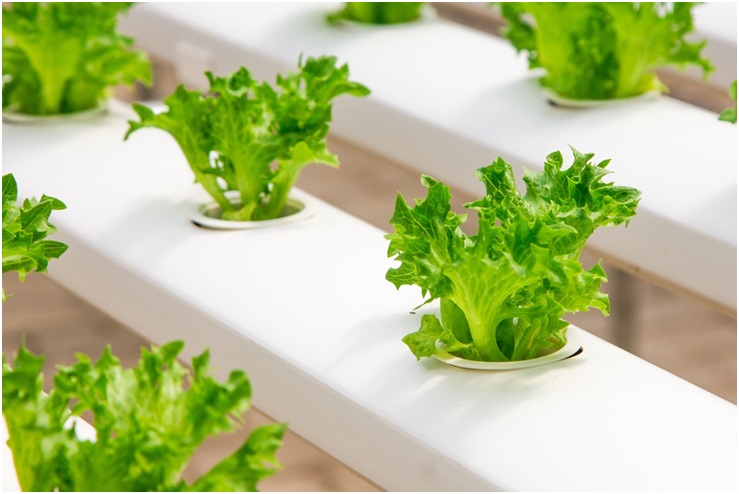Buying a Commercial Greenhouse

Buying a commercial greenhouse can be a costly and time-consuming project. However, there are a few ways to make it easier on yourself and get the results you want.
Covering material
Choosing the best greenhouse covering material for your greenhouse is a matter of understanding your needs, budget and local climate. This will help you choose the most effective covering to protect your plants and reduce energy costs.
The most common covering materials are plastic films. These films come in different thicknesses and can be tinted. They are also available with additives that can help reflect long wave infrared radiation. Some plastic films are also available with UV inhibitors. These films can help reduce greenhouse heat loss by 20%.
Fiberglass is another popular greenhouse covering material. Fiberglass has the advantage of being lightweight and impact resistant. It also has the advantage of retaining heat better than glass. However, fiberglass is susceptible to UV light and needs to be replaced every few years. You can read more about UV light by clicking the link.
Polyethylene is also a common covering material. It is an inexpensive covering material that can be used in double layers. These layers are relatively cheap and offer great heat insulation. However, polyethylene needs to be replaced every four to six years. Polyethylene has an R-value of 0.87 to 1.7.
Acrylic is a newer covering material. It is also known as Lucite or Polycast. It is available in structured sheets or a roll. It comes in a variety of colors and has a minimum warranty of ten years from some manufacturers.
The best covering material is one that is durable, flexible, and affordable. It also has a high R-value, which makes it easy to heat and cool.

Frame material
Your greenhouse has to stand up to the elements in order to yield the best possible crop. That is why choosing the best frame material for commercial greenhouses can be an important decision. The type of frame that you choose can impact both the design and cost of your construction. The material you choose should be based on your individual preferences and the requirements of your grow house.
One of the most common materials used to build a frame is steel. Galvanized steel provides durability at a low cost. The material is also rust resistant. However, galvanized steel is heavier than other materials and needs regular maintenance.
Aluminum is also a popular choice for greenhouse frames. Aluminum is very lightweight and durable. However, it is not aesthetically pleasing. You can also use PVC plastic piping, which is inexpensive and lightweight. However, PVC plastic piping has less structural strength than other materials.
Glass is another popular material used to construct greenhouse frames. It is lightweight and provides good insulation. Glass also diffuses light well. However, glass is very fragile. Glass must be replaced more often than other materials. Glass is expensive.
Polycarbonate is also a popular choice for grow house frames. It is lightweight, provides good insulation and diffuses light well. However, it is a little more expensive than glass and plastic sheeting.
Wood is a traditional material used to build these frames. Wood is durable and provides a nice look to a grow house. However, wood is not ideal for grow house frames because it can warp and rot in damp conditions. To prevent this, you should seal the wood with a waterproof sealant.
PVC plastic piping is an alternative to steel. The material does not rust or corrode, but is not as strong as other materials. PVC piping is not suitable for long open areas. If you need to construct a grow house frame, PVC pipe will have to be sized correctly. If you use PVC plastic piping, you will need to attach supports to the ends of the pipe. The ends can be constructed from plywood sheets.
Pesticide and fertilizer storage
Whether you are storing pesticides and fertilizers in a commercial grow house, a large warehouse, or an industrial facility, you need to consider the safety and security of your facility. Proper storage can prevent accidents, prevent environmental damage, and help protect your workers and the general public.
Pesticides and fertilizers should be stored in separate areas. For example, dry pesticides should be stored in a fire proof cabinet while liquid pesticides are stored in a leak proof plastic tray. Click the link: https://www.niehs.nih.gov/health/topics/agents/pesticides/index.cfm for more information about pesticides.
These materials should be stored away from seeds and potable water. The storage area should be located at least 200 feet away from surface water and drinking water.
Before selecting a location for your pesticide storage, it is important to determine how much room is required. If you are storing large quantities of pesticides, you may need to install a mixing/loading pad. Alternatively, a floor pallet may be used.